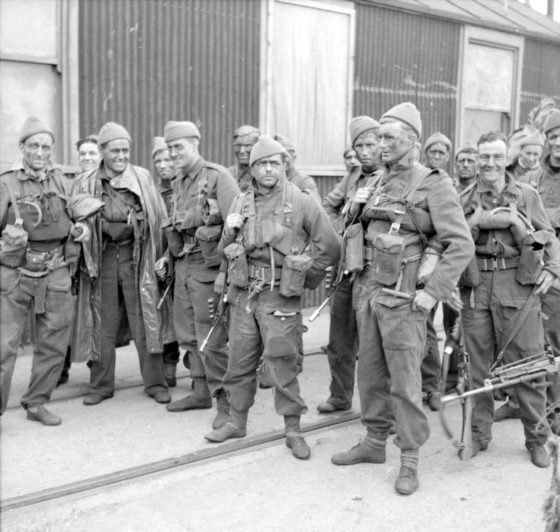
THE UNITED STATES NAVY MAY SOON BE boning up on the lost Cold War art of anti-submarine warfare (ASW), according to one military historian.
In a recent article for the current affairs magazine The Diplomat, James R. Holmes of the Newport, Rhode Island-based U.S. Naval War College argues that since the decline and fall of the U.S.S.R., America’s once robust ASW capability has been left to stagnate. Instead, the navy brass have shifted the force’s focus onto supporting joint operations ashore.
“With the Soviet Navy rusting at its moorings, it appeared no one could contest American rule of the sea. Why bother practicing to fight nonexistent foes?” Holmes writes. “Instead the navy busied itself exploiting its seemingly everlasting command of the sea. Disciplines such as ASW… fell into disuse.”
Yet according to the author, over the past two decades, submarine technology has become both increasingly advanced and more widely accessible — particularly to smaller regional players. Meanwhile, larger powers like Russia and China continue to acquire ultra-quiet, next-generation diesel-electric subs.
And with tensions between Moscow and Washington on the rise, the United States is racing to catch up with its former Cold War foe. Holmes points to last month’s imbroglio in which a Russian submarine penetrated Swedish waters with seeming impunity as a wake up call.
Unfortunately for the United States, restoring the navy’s anti-submarine capability may be easier said than done.
“You’d think resuscitating the ASW culture in the U.S. Navy would be a simple matter,” writes Holmes. Not so, he says.
“ASW has been a subsidiary function for a generation now,” Holmes continues. “That means a generation of naval officers… ascended the ranks during an age when ASW was an afterthought.”









